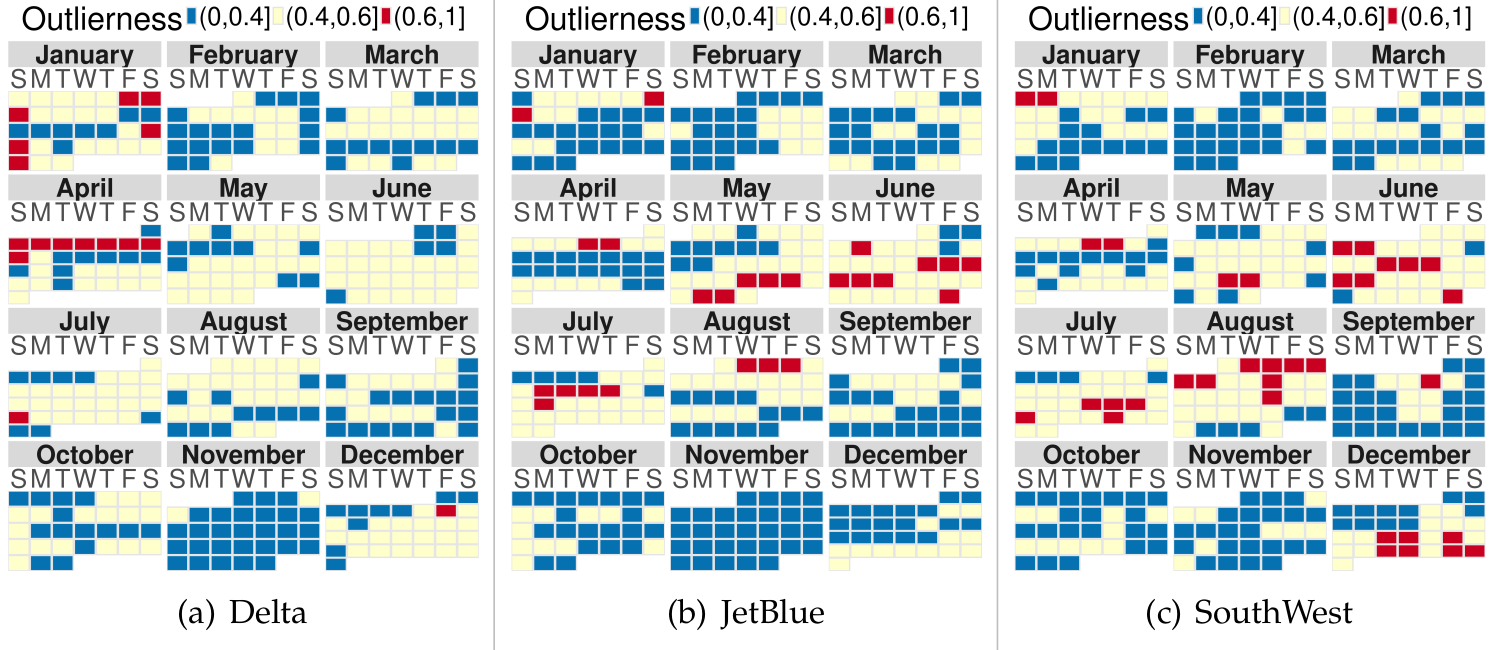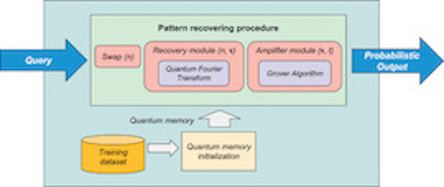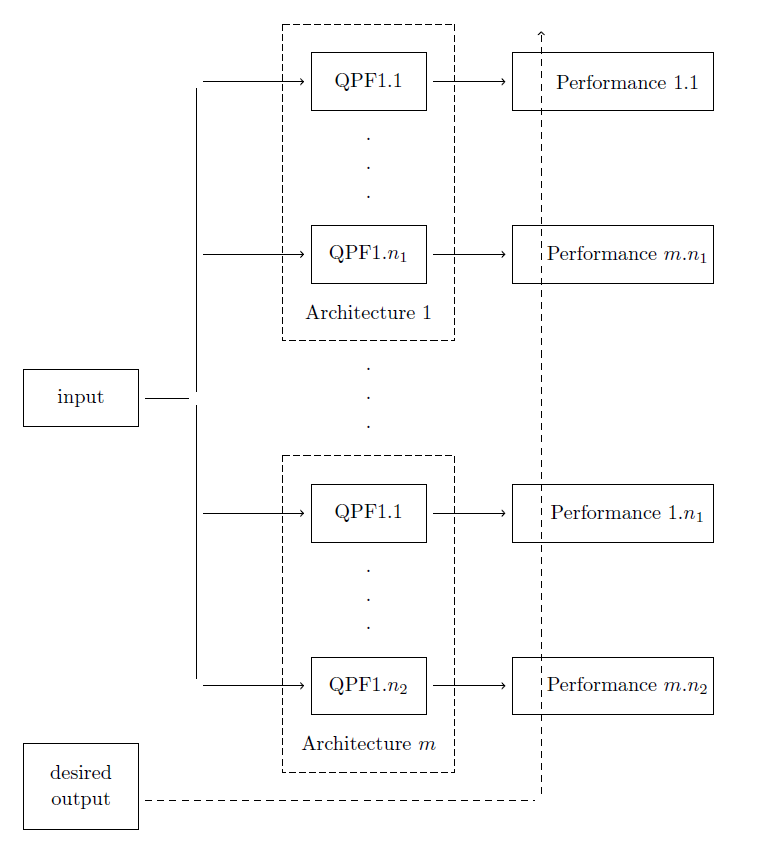Publications
Highlights
(For a full list see below)
This work aimed to appraise a multivariate time series, high-dimensionality data-set, pre- sented as intervals using a Symbolic Data Analysis (SDA) approach. .
Diego C.Nascimento, Bruno Pimentel, Renata Souza, João P. Leite, Dylan J.Edwards, Taiza E.G.Santos, FranciscoLouzadaa
Information Sciences 517, 2020

This article proposes a biologically inspired neurocomputational architecture which learns associations between words and referents in different contexts, considering evidence collected from the literature of Psycholinguistics and Neurolinguistics. The multi-layered architecture takes as input raw images of objects (referents) and streams of word’s phonemes (labels), builds an adequate representation, recognizes the current context, and associates label with referents incrementally, by employing a Self-Organizing Map which creates new association nodes (prototypes) as required, adjusts the existing prototypes to better represent the input stimuli and removes prototypes that become obsolete/unused. The model takes into account the current context to retrieve the correct meaning of words with multiple meanings. Simulations show that the model can reach up to 78% of word-referent association accuracy in ambiguous situations and approximates well the learning rates of humans as reported by three different authors in five Cross-Situational Word Learning experiments, also displaying similar learning patterns in the different learning conditions.
Hansenclever Bassani, Aluizio Araujo

We propose the Quantile Datacube Structure (QDS) that supports interactive visual exploration based on order statistics.
IEEE Transactions on Visualization and Computer Graphics , 2019

We present a quantum probabilistic associative memory using the inverse of quantum Fourier transform and Grover’s algorithm to recover existing or similar patterns in the memory.
de Paula Neto, Fernando M.; da Silva, Adenilton J. ; de Oliveira, Wilson R. ; Ludermir, Teresa B.
We propose a Gaussian kernel c-means hard clustering algorithms with automated computation of the width hyper-parameters.
Francisco de A.T. de Carvalho, Eduardo C. Simões, Lucas V.C. Santana, Marcelo R.P. Ferreira

Rafael MO Cruz, Robert Sabourin, George DC Cavalcanti

We propose a quantum neural and a quantum learning algorithm that optimizes the neural network weights and architectures.
da Silva AJ, Ludermir TB, de Oliveira WR
We present the design of an intelligent monitoring system consisting of physical sensors and intelligent software for the automatic identification of the concentration of natural gas odorants in the environment.
Zanchettin C, Almeida LM, De Menezes FD
Selected publications
Dynamic time series smoothing for symbolic interval data applied to neuroscience
Diego C.Nascimento, Bruno Pimentel, Renata Souza, João P. Leite, Dylan J.Edwards, Taiza E.G.Santos, FranciscoLouzadaa
Information Sciences 517, 2020
A neural network architecture for learning word–referent associations in multiple contexts
Hansenclever Bassani, Aluizio Araujo
Neural Networks 117, 2019
Real-Time Exploration of Large Spatiotemporal Datasets based on Order Statistics
IEEE Transactions on Visualization and Computer Graphics , 2019
Quantum probabilistic associative memory architecture
de Paula Neto, Fernando M.; da Silva, Adenilton J. ; de Oliveira, Wilson R. ; Ludermir, Teresa B.
Neurocomputing 352, 2019
Gaussian Kernel C-Means Hard Clustering Algorithms with Automated Computation of the Width Hyper-Parameters
Francisco de A.T. de Carvalho, Eduardo C. Simões, Lucas V.C. Santana, Marcelo R.P. Ferreira
Pattern Recognition 79, 2018
Dynamic classifier selection: recent advances and perspectives
Rafael MO Cruz, Robert Sabourin, George DC Cavalcanti
Information Fusion 41, 2018
Quantum perceptron over a field and neural network architecture selection in a quantum computer
da Silva AJ, Ludermir TB, de Oliveira WR
Neural Networks 76, 2016
An Intelligent Monitoring System for Natural Gas Odorization
Zanchettin C, Almeida LM, De Menezes FD
IEEE Sensors Journal 15, 2015